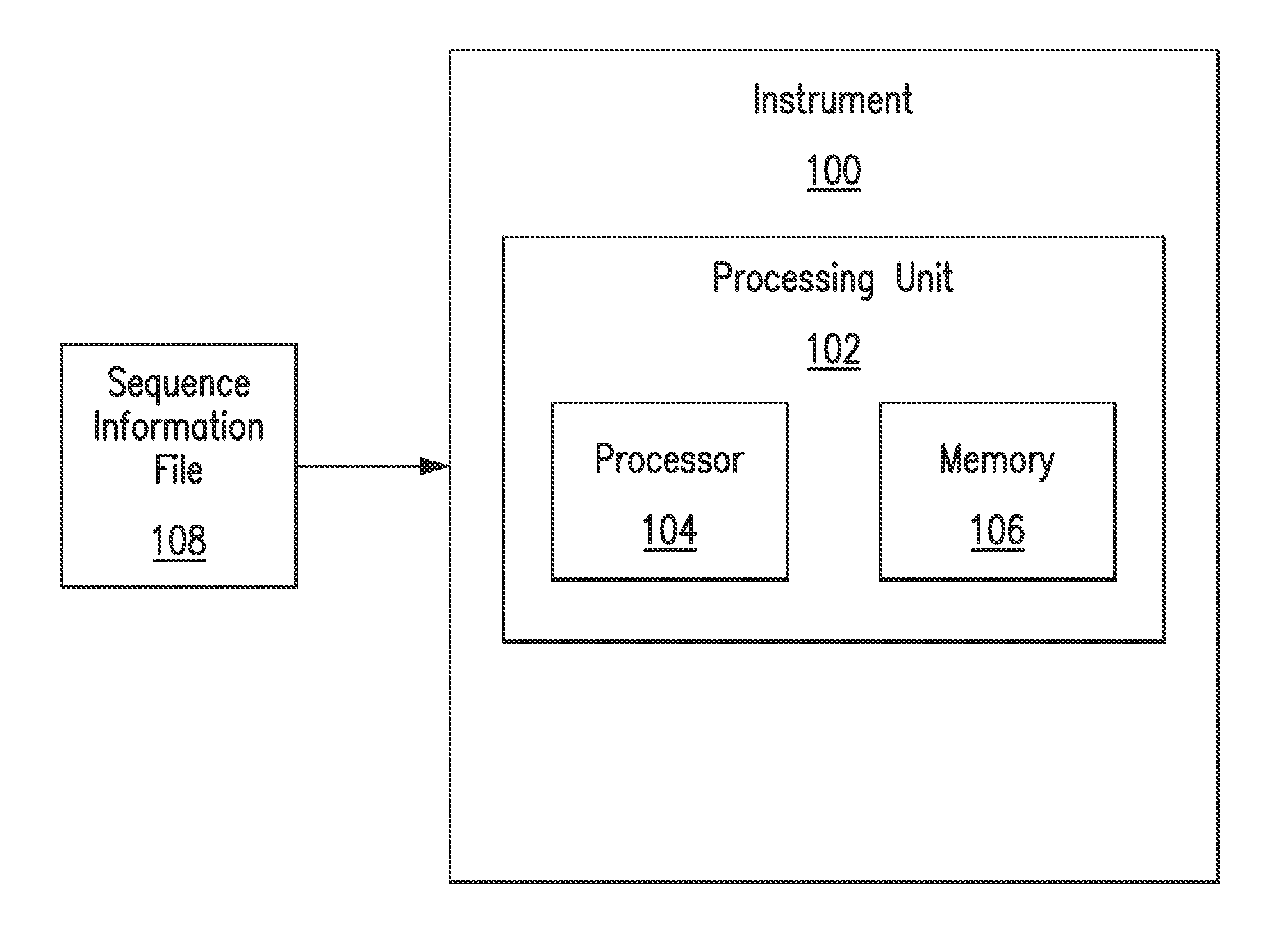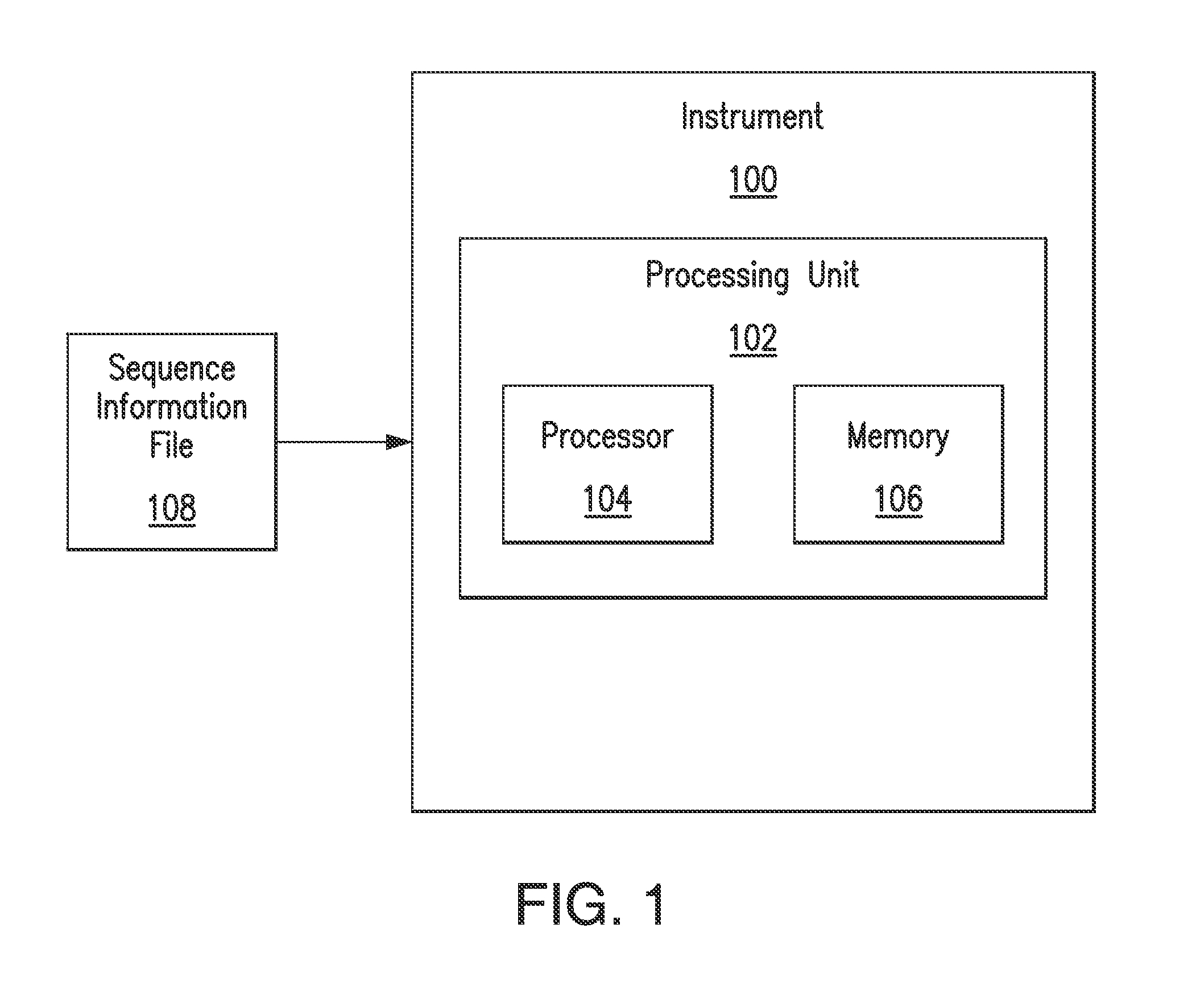A key drawback to detecting and identifying infectious agents by culturing, and subsequent bioassays that rely on culturing, is the inability of the target
organism to grow in adequate amounts.
Of the microorganisms that can be cultured, a further drawback is that identification can be compromised by overgrowth of competitor microorganisms in the sample, thus masking the target
microorganism.
Exotic or uncommon pathogens are particularly hard to identify this way.
Finally, a most serious drawback to culture in the clinical diagnostic environment is that the culturing process can take several days.
The reasons for lack of commercial use previously were the challenges in creating assays that were both reliable and effective in routine applications.
One complication was the fact that classic strategies for immunoreactive
antibody production relied on the use of the entire bacterium or identification and testing of proteins selected empirically.
Although
immunoassay-based tests are rapid, a key drawback is the lack of specificity, due to the fact that antibodies produced against one
antigen can often cross-react with other antigens, leading to false positive identifications compounded by the high sensitivity of immunoassays.
In addition, the reliability of this method can be severely compromised by a false negative
antigen-
antibody reaction caused by an excessive amount of
antibody, or excess
antigen resulting in no lattice formation in an
agglutination reaction.
Drawbacks to most microscopic methods include the requirement first to culture the
microorganism, the high level of expertise needed to conduct microscopic analyses, and the expense of
microscopy equipment.
Because this method analyzes only the
protein mass profile, and no other
protein analysis is done, it is not an efficient way to identify antibiotic resistant or virulent factors.
Another difficulty is that the sample may need to be cultured in order to get enough material to analyze.
Likewise,
low protein mass organisms such as viruses are not good candidates for this method.
Lastly, this method works best with cultured isolates; it is not meant for metagenomic samples.
Furthermore, the high specificity of the method prevents detection of microorganisms that have mutations in the primer region.
A serious drawback in DGGE analysis of metagenomic samples is the use of universal primers that fail to amplify in cases where there are mismatches between the
binding site on the
genome and the primers.
Another major drawback with the DGGE technique is its failure to effectively utilize PCR products larger than 600 bp.
Another
disadvantage is the failure to resolve multiple genes when multiple
gene complexes are amplified in a single PCR reaction; furthermore, if any preferential amplification occurs, then the detection and identification of all the genes is compromised.
Other significant problems are
heteroduplex and the co-migration of distinct sequences.
Therefore, without sequencing, issues such as
heteroduplex, preferential amplification, and co-migration can confuse any interpretations of DGGE results.
Also a significant amount of optimization is required before maximal separation of various sequences is achieved on a reliable basis, and even slight variations in concentration of the denaturants or gel reagents can result in unexpected results.
However, certain probes do not always function effectively using the
microarray method; thus, the probes will not yield the expected signals in the presence of the targeted organisms and the
microarray designers must account for false negatives before the test enters into production.
Additionally, different probes do not always have the same target-binding capacities, causing difficulties when interpreting
microarray results.
Problems, such as
image analysis of the data and creating optimal detection rules allowing accurate identification of all the biological agents create challenges that must be reconciled before the introduction of microarray chips.
However, the major issue always revolves around hybridized based approaches that can only detect information on predicted / predetermined answers and are often unreliable from experiment to experiment.
With regard to
protein based antibodies, the selected antigen may have been expressed only under specific
exposure events; therefore, when that event does not occur, the
biological agent may become undetectable.
One drawback of the 16S rRNA technique is that, when
mutation occurs in the sequences of the
primer binding site, false negatives arise and can result in the inability to identify particular
bacteria.
Some organisms express variable sequences in regions with expected conserved domains; therefore, identification employing amplification of the 16S rRNA and using universal primers becomes difficult.
Furthermore, 16S rRNA may not permit identification at the
species level since the 16S rRNA sequence is highly conserved within some genera.
A major drawback with 16S rRNA sequencing is false signals due to background
DNA and how to reduce the
noise generated from
high concentration organisms.
The method cannot always identify strains that are antibiotic resistant or virulent.
Furthermore, for metagenomic identification, the presence of large genomic backgrounds is likely to reduce the specificity and detection resolution of the test.
It is now well understood that a
single gene may not be adequate to yield an accurate identification to the species or
subspecies level and additional
gene sequences along with other data may be required.
Confounding issues include non-uniform distribution of sequence dissimilarity among different taxa and instances in which multiple copies of the 16S rRNA gene may be present in the same
organism that differ by more than 5% sequence dissimilarity.
Assembly of the full microbial sequence is tedious, error prone at present, and unlikely to be automated and error free in the near future.
Furthermore attaining the full sequence of all microorganisms in a metagenomic sample on a quantitative basis is unattainable by present technology.
The aim of the marker-based metagenomic methods is to distinguish between species with large evolutionary distances, and, thus, it is unsuitable for resolving closely related organisms.
Although microbial 16S rDNA sequencing is considered the
gold standard for characterization of microbial communities, it may not be sufficiently sensitive for comprehensive
microbiome studies. rRNA gene-based sequencing can detect the predominant members of the
community, but these approaches may not detect the rare members of a
community with divergent target sequences.
The primary challenge for such whole
genome based approach is how to obtain accurate microbial identification for hundreds or thousands of species in a reasonable time and for a reasonable cost.
Current
bioinformatics throughput is too slow and not sufficiently automated for large-scale projects, and often requires trimming,
assembly, alignments and annotations.
Once high-quality sequences have been obtained from mixed species communities, the next challenge is to accurately identify many microbes in parallel.
Current
bioinformatics pipelines available today like BLAST, BLASTZ, netBlast, BlastX-MEGAN, MG-RAST,
IMG / M,
short read mapping and other comparison tools can only allow for a rough identification of a microbial
community of interest and cannot distinguish between discrete species and populations of closely related biotypes.
While these tools create alignments of
variable length from sequence intervals of unspecified phylogenetic relevance, potential problems of false positives may appear.
Assignments based on very
short read (<50 bp) usually suffer from
low confidence values, whereas reads of length ˜100 bp may be assigned with a reasonable level of confidence (BLASTX bit-scores of 30 and higher) can identify only at
species level and result in severe under-prediction.
 Login to View More
Login to View More  Login to View More
Login to View More 


